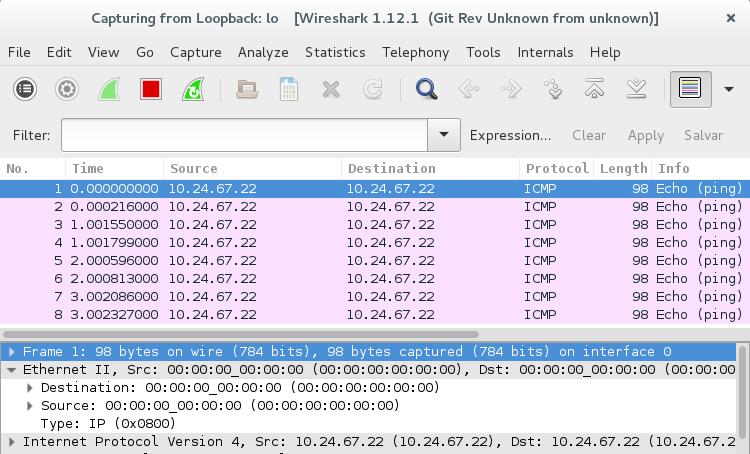
The client initiates by connecting to the "fake" address 10.10.66.254:80, and the server should see the corresponding traffic coming from 192.168.66.254.
#WIRESHARK LOOPBACK WINDOWS ANDROID#
This is an Android device and Im on Windows 10. When I do this, the Loopback Adapter will have at least 2 frames, with port (5037).
#WIRESHARK LOOPBACK WINDOWS DRIVER#
So whether you see VLAN tags in Wireshark or not will depend on the network adapter you have and on what it and its driver do with VLAN tags. There arent separate physical and VLAN interfaces you can capture from, unless a specialized driver that adds such support is present. With this setup, you can now use Wireshark to capture the client/server traffic on the Windows NIC. I start up the Loopback Adapter on Wireshark, then I will start another Wireshark capture for my ethernet interface. Windows has no built-in support mechanisms for VLANs. The second rule is necessary to force the client and server (who are on the same network, 192.168.66.0/24) to route their packets through the external router instead of attempting direct delivery to each other. The second rule is the key to "hairpin NAT". The first rule is a standard "port forwarding" rule that sends all traffic bound for 10.10.66.254:80 to 192.168.66.100.

(I assume your PC's address is 192.168.66.100, and that the router's NICs have addresses 192.168.66.254 and 10.10.66.254, respectively.) On the router, you set up two NAT rules (written in iptables-save format): -t nat -A PREROUTING -p tcp -d 10.10.66.254 -dport 80 -j DNAT -to-destination 192.168.66.100 Here's how: You set up a router with two network interfaces: One interface on your network (say: 192.168.66.0/24), and one interface on a "fake" network (say: 10.10.66.0/24) that exists only for your test.

This will force Windows to actually send and receive data through the NIC.

So capturing loopback traffic is rather difficult without modifying your system. You could try a technique called " hairpin NAT" to route your packets out-and-back through an external router/PC. Microsoft decided to remove the local loopback interface in Windows 7.


 0 kommentar(er)
0 kommentar(er)
